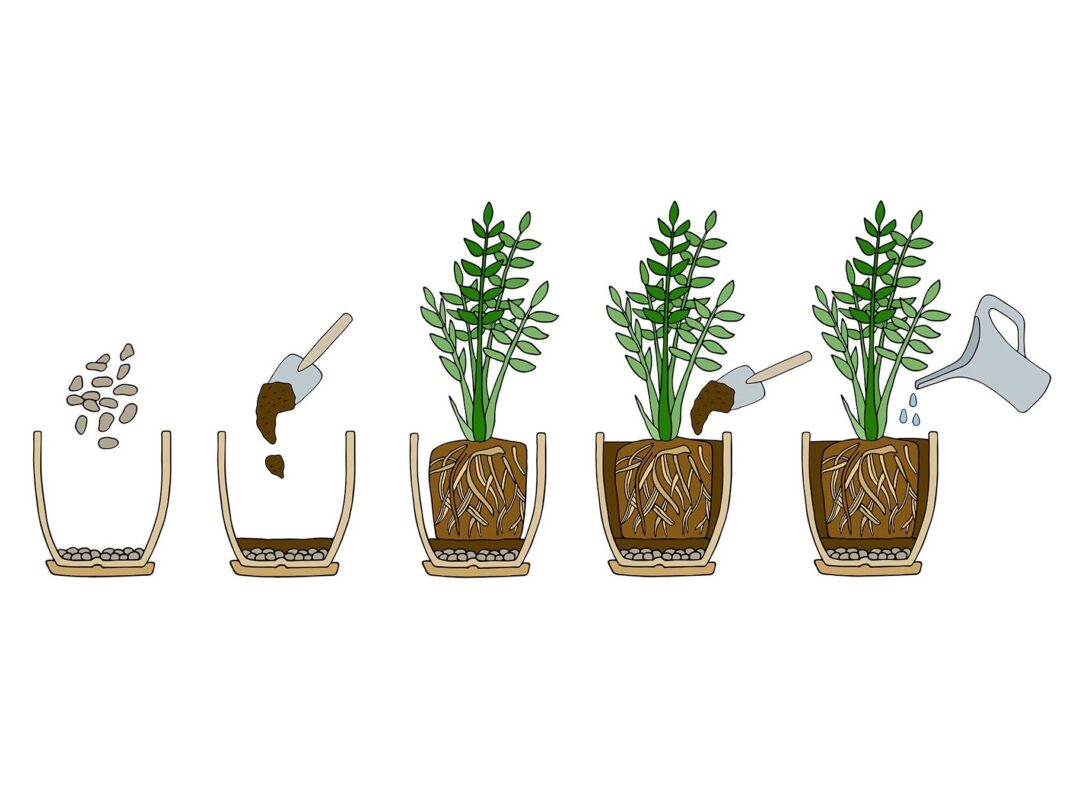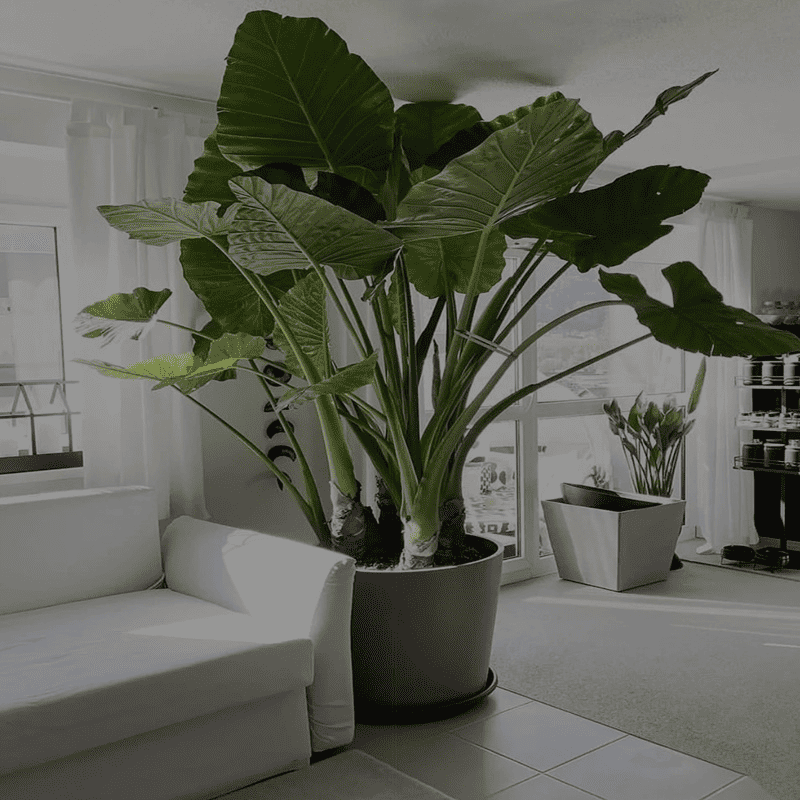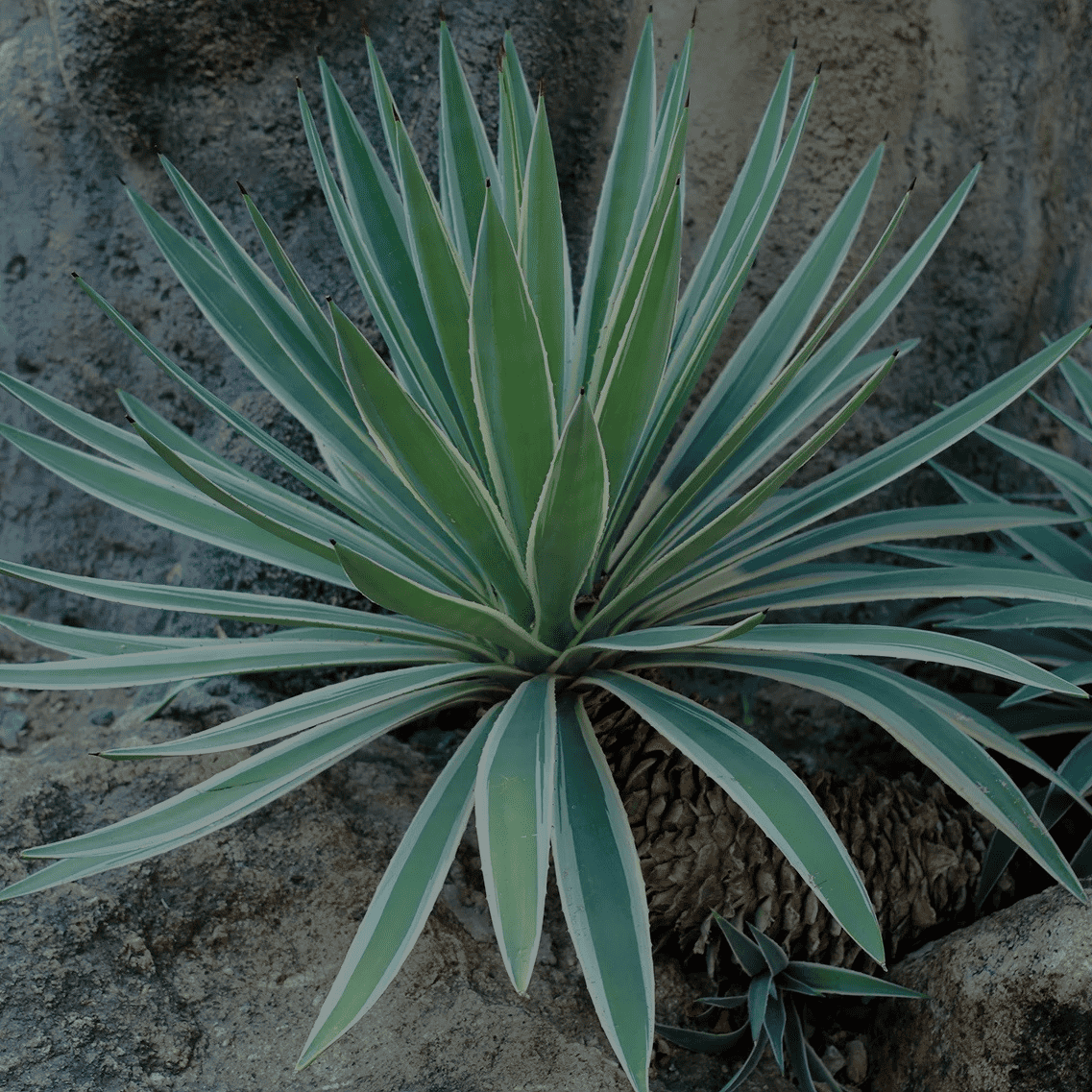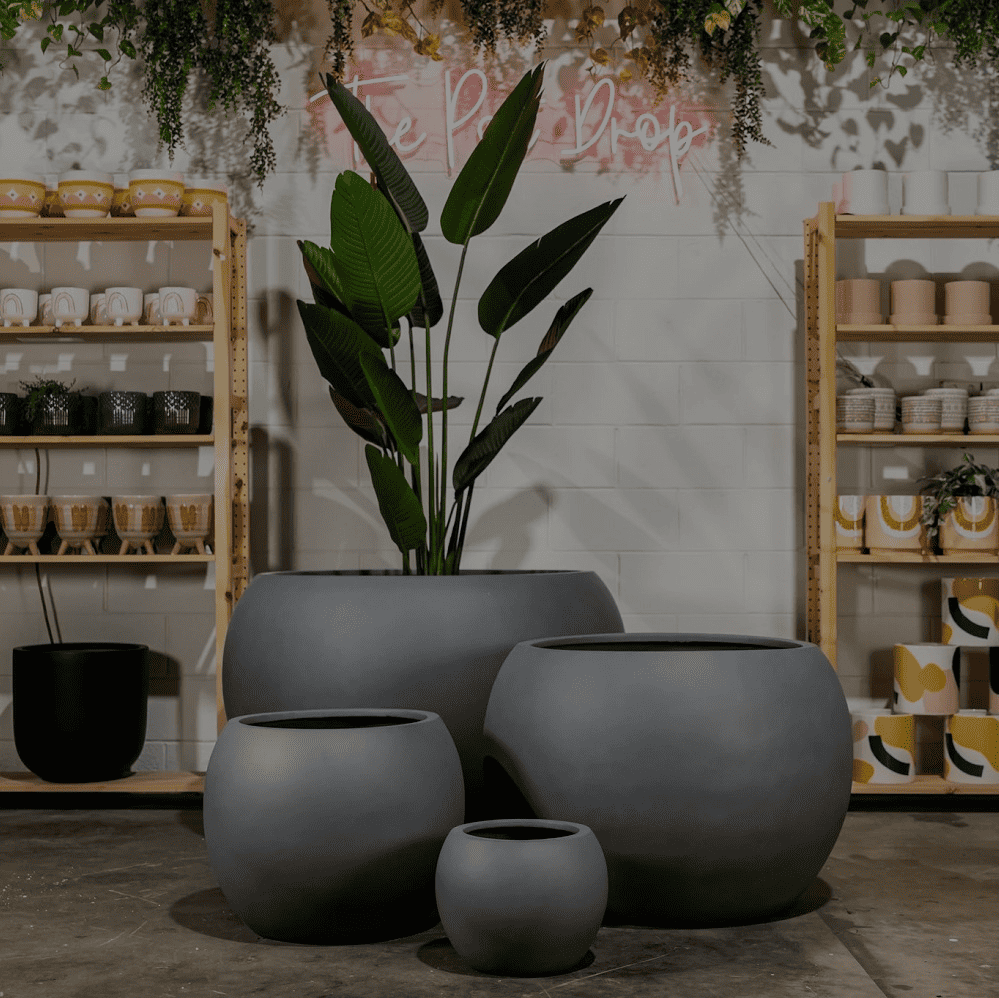Come September, Wind changes and everything starts to wake up, including indoor plants! The emergence of flower buds and new leaves outdoors means that the time to repot houseplants has arrived. Repotting houseplants is more than just changing containers—below, we have outlined the best approach to repotting your indoor plants to keep them happy and healthy all year long.
Before we get to repotting, let us get our supplies in order.
- Fresh potting soil. Any good quality potting mix will work great.
- Plastic nursery pots with drainage holes
- Existing or new decorative pot without drainage holes
- Trowel (garden shovel)
- Your plant
- Large trash bag for working area
Step-1:
Get all your tools out and have them easy to grab when needed. Clean the pot that you will be putting your plant in with soap and water.

Step-2:
Gently take your plant out of its current pot and shake out all old soil mix around the roots. Be careful not to break or damage the roots of the plant but do not panic if the roots break. Set the plant aside. Take your new pot or clean existing pot with soap and water and fill the bottom and sides with fresh potting soil – about 2 inches high.


Step-3:
Before repotting your plant inside the new pot, move the soil around to create a space in the middle for your plant to easily sit in. Remember to allow about an inch of soil around the outside of the pot. Take your plant and place in the middle of the pot and top up with fresh potting soil. Pat down gently to ensure the plant is secure.


Step-4:
Now that your plant is repotted, place your nursery pot (that you have just planted) in your decorative pot. Give your plant some water and place it where you want it to go.


Something to note about repotting is that it is usually harmless to your plant. If you are gentle with it, it is a good thing to inspect your plants every now and again. That is how we learn.
Trust your instincts, after all you have been the one growing this plant for some time now! If the plant likes it, keep doing that thing and if it does not, do not do that thing anymore!

Useful tip for potting:








